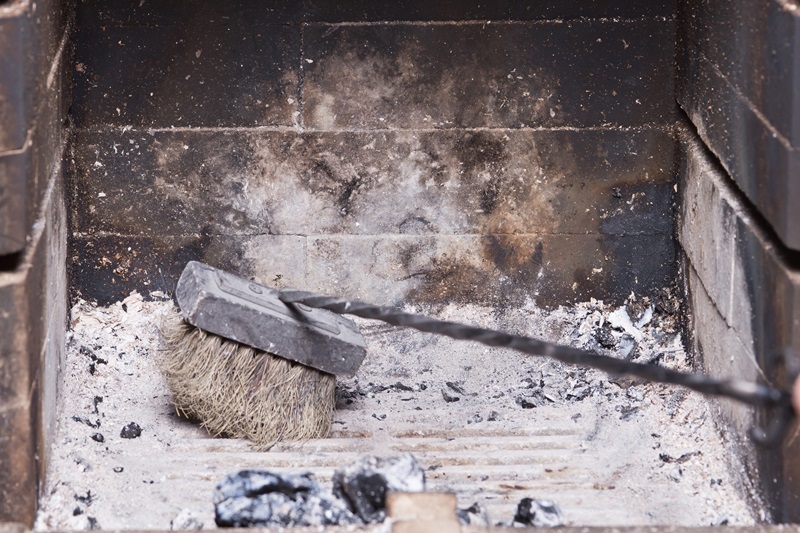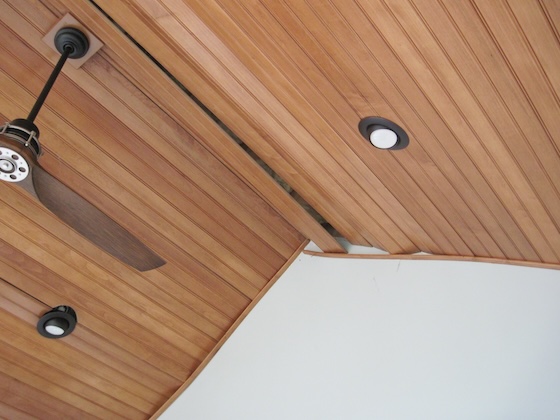
The Importance of Regular Chimney Maintenance
Regular chimney maintenance is crucial to ensure the safety and efficiency of your fireplace. Neglecting this important task can lead to a variety of issues that can be both costly and dangerous. Over time, chimneys can accumulate a build-up of soot, debris, and even creosote, which is a highly flammable substance that can ignite and cause chimney fires. Regular maintenance, such as annual chimney sweeps and inspections, can help prevent these hazards and keep your chimney functioning optimally.
Furthermore, regular chimney maintenance can also extend the lifespan of your chimney and fireplace. Just like any other part of your home, chimneys require regular care and attention to avoid unnecessary damage and costly repairs. By scheduling regular maintenance, you can address any minor issues before they escalate into major problems, potentially saving you a significant amount of money in the long run. Taking the time and effort to properly maintain your chimney demonstrates a commitment to the safety and well-being of your household.
Understanding the Function of a Chimney
Chimneys have been a crucial part of homes for centuries, serving as a passage for smoke and gases to escape when using a fireplace or a wood-burning stove. The primary function of a chimney is to create a draft, which helps to remove the byproducts of combustion from the interior of the house. By allowing the smoke and gases to escape through the chimney, it prevents them from filling up the living space and ensures the air inside remains clean and safe to breathe.
In addition to its role in ventilation, a chimney also plays a vital role in maintaining the structural integrity of a home. The chimney acts as a vertical column that supports the weight of the flue liners and the surrounding masonry. It provides stability and prevents the walls from being damaged due to the intense heat produced by the fire. Without a properly functioning chimney, the risk of fire hazards and structural damage significantly increases. Therefore, understanding the fundamental function of a chimney is essential to ensure its proper maintenance and maximize its lifespan.

Signs That Your Chimney Needs Sweeping
One of the first signs that your chimney needs sweeping is a noticeable buildup of soot and creosote. Soot is a black, powdery substance that forms from the incomplete burning of wood, while creosote is a sticky, tar-like substance that forms from the condensation of burning wood gases. Both of these substances can accumulate inside the chimney and create a serious fire hazard if not removed regularly. You may notice a dark, grayish coating on the inside of your chimney or a strong, unpleasant odor coming from your fireplace, indicating the presence of soot and creosote.
Another sign that your chimney needs sweeping is the presence of black smoke or a strong, acrid smell when you use your fireplace. If you notice that your fire is producing more smoke than usual or that the smoke has a foul odor, it could be a sign that your chimney is clogged and not allowing proper ventilation. This can lead to a dangerous buildup of carbon monoxide in your home, which is an odorless and toxic gas. It is vital to address this issue promptly to ensure the safety of your household.
DIY Chimney Sweeping: Pros and Cons
When it comes to chimney sweeping, some homeowners opt to tackle the task themselves rather than hiring a professional. There are both pros and cons to DIY chimney sweeping.
One of the main advantages of DIY chimney sweeping is cost savings. Hiring a professional chimney sweep can be quite expensive, especially if your chimney requires extensive cleaning or repairs. By taking on the task yourself, you can potentially save a significant amount of money. Additionally, DIY chimney sweeping allows you to have a hands-on approach and take control of the maintenance of your chimney.
On the other hand, there are some cons to consider when it comes to DIY chimney sweeping. Firstly, it requires a certain level of knowledge and experience to effectively and safely clean a chimney. Without the proper knowledge, you could potentially cause damage to your chimney or put yourself at risk if you’re not aware of the potential hazards. Secondly, DIY chimney sweeping can be a time-consuming task, especially if you’re not familiar with the process. It requires attention to detail and proper technique to ensure that all creosote and debris are thoroughly removed from the chimney.
Hiring a Professional Chimney Sweep: What to Consider
When it comes to hiring a professional chimney sweep, there are a few important factors to consider. Firstly, it is crucial to choose a chimney sweep who is certified and experienced in the field. A certified professional will have the necessary knowledge and expertise to properly inspect and clean your chimney, ensuring that it is in safe working condition. Additionally, it is advisable to check for any references or reviews from previous clients to get an idea of the chimney sweep’s reputation and level of customer satisfaction.
Another aspect to consider is the cost of hiring a professional chimney sweep. While it may be tempting to choose the cheapest option available, it is important to remember that quality should always come first when it comes to chimney maintenance. Investing in a reputable and skilled professional will ensure that the job is done effectively and that any potential safety hazards are identified and addressed. Additionally, some chimney sweep companies offer warranties or insurance coverage for their services, providing you with added peace of mind.
Chimney Sweeping 101: What You Need to Know was first seen on https://chimneysweeplosangeles.net/





More Stories
The Role of Chimney Inspections in Homebuying
The Rise of Bed Bugs: Why Are They Making a Comeback?
Chimney Masonry Repair 101: Restoring Beauty and Functionality